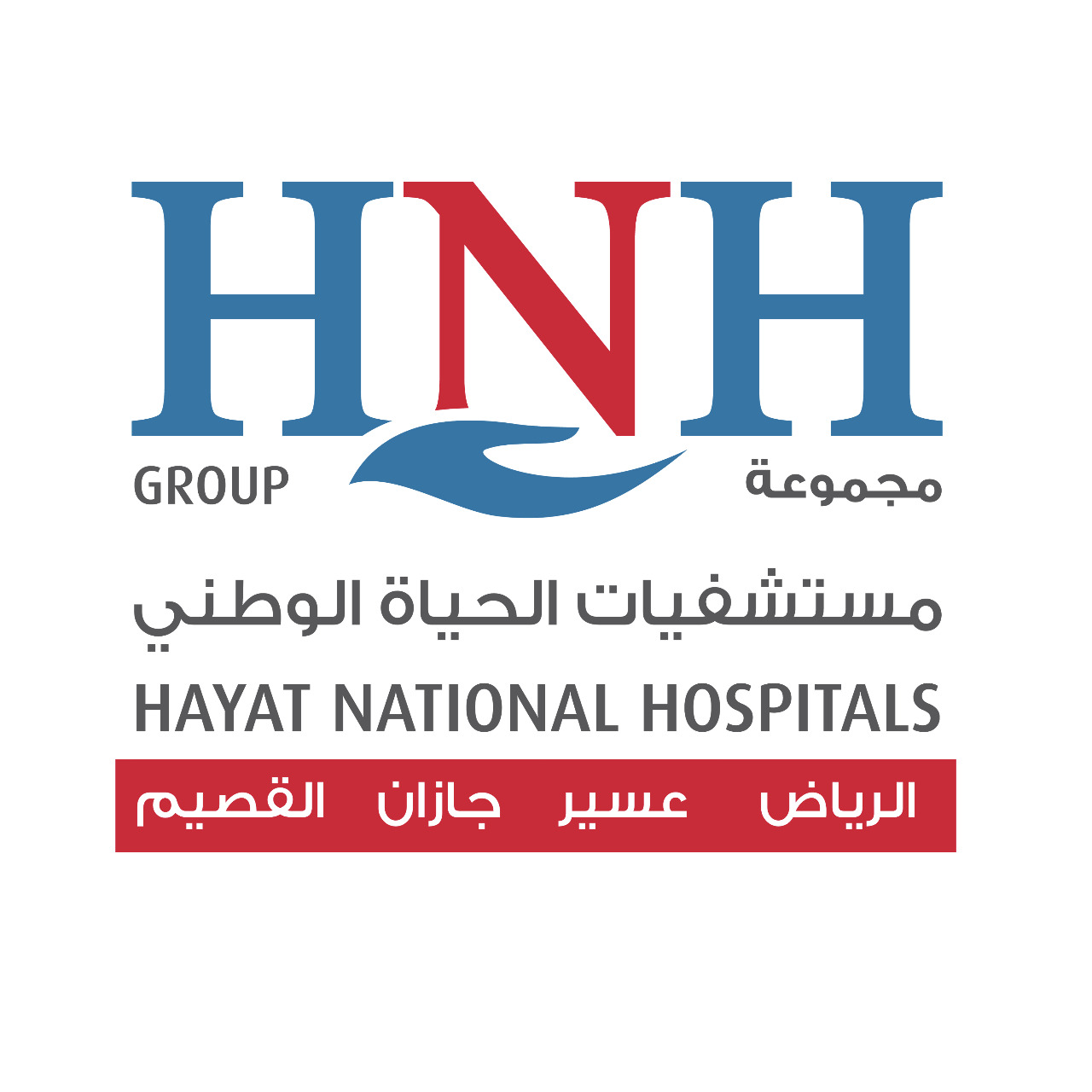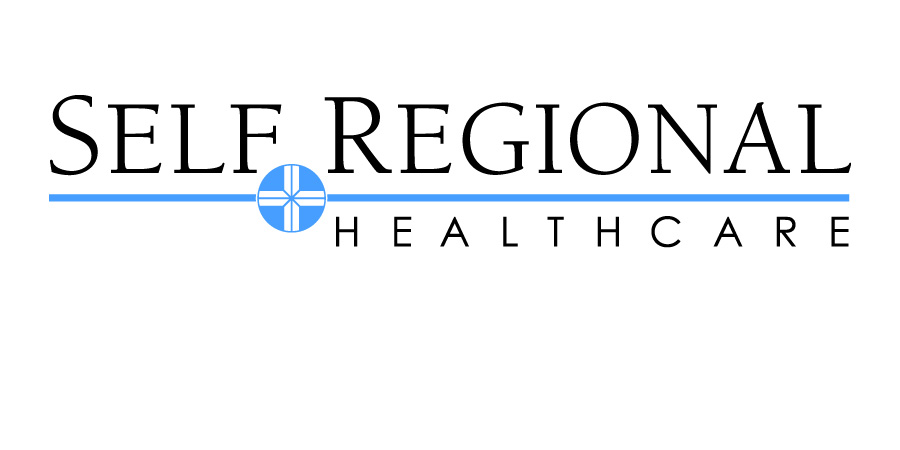Title Page
-
Site conducted
-
Conducted on
-
Prepared by
-
Location
Nursing Station
-
1. Clean and free of clutter
-
2. No food present, only drinks with a lid.
-
3. No patient care supplies left open on tables.
-
4. Trash is not overflowing.
Preop-PACU
-
1. Area/hallways are not cluttered.
-
2. Handwashing supplies are available.
-
3. Alcohol hand-rubs are available near patient rooms/in patient rooms and other areas as needed.
-
4. Hand Hygiene is monitored for staff compliance.
-
5. PPE supplies are available and are being used appropriately.
-
6. Trash and linens handled per policy.
-
7. No stained ceiling tiles.
-
8. Patient care equipment cleaned/disinfected according to policy/company recommendations.
-
9. Daily temperatures checks are documented appropriately for refrigerators.
-
10. Fluid warming cabinets temperatures checked daily and are documented correctly. (Temp. not to exceed 140°F)
-
11. No fluids kept if they are not in their original package.
-
12. Sharps containers no more than 3/4 full.
General Infection Prevention
-
1. All sterile supplies are dry with intact packaging at least 8" about the floor and 2" away for exterior walls.
-
2. Staff has access to and are familiar with the MDRO list
-
3. No out of date equipment/supplies present
-
4. Humidity logs are filled out daily and are within normal range.
-
5. Surgical EVS personnel terminally cleans all OR rooms at the end of the day.
-
6. OR staff performs damp dusting in the morning before the first case of the day.
-
7. OR staff performs case turnover cleaning in between cases.
Surgical attire
-
1. Staff changed into scrubs at the hospital and are wearing clean surgical attire when entering a semi-restricted/ restricted areas.
-
2. All hair is covered when entering a semi-restricted/ restricted area.
-
3. Beards covered when entering restricted areas.
-
4. Head coverings are disposable or are laundered by the facility.
-
5. No visible jewelry worn by scrubbed staff.
-
6. Mask is worn in the presence of open sterile items and equipment.
-
7. Dedicated shoes or shoe covers are worn.
-
8. Shoe covers worn as PPE removed and discarded immediately after use.
-
9. Scrub Attire is launder after each daily use.
-
10. Surgical attire removed before leaving the facility.
-
11. Identification badges cleaned with low-level disinfectants.
Surgical Scrubbing
-
1. Scrub is performed according to manufacturer's directions and aseptic technique.
-
2. Scrubbed personnel do not contaminate themselves while gowning and gloving.
-
3. Keeps hands and arms above waist level at all times.
Skin Prep
-
1. Patient's received theraworx bath wipes.
-
2. Hair is removed using clippers.
-
3. Skin prep is performed according to manufacturer's direction.
-
4. Sufficient drying time is allowed prior to draping.
Sterile Technique
-
1. Sterile field is prepared close to time of surgery (<1hour)
-
2. Sterile items are transported in covered/enclosed cases/carts
-
3. Sterile packages are inspected for punctures, tears, and expiration dates.
-
4. Draping is performed by at least 2 people and drapes are not lifted or moved after placement.
-
5. Flash sterilization is only done in emergency situations.
-
6. Counts are done accordingly.
Endoscopes
Storage
-
1. Flexible Endoscopes are placed in a drying cabinet or a storage cabinet.
-
2. Endoscopes are hung up and do not touch the wall or floor of cabinet.
-
3. All removeable parts are detached but stored with the endoscope.
-
4. Clean gloves are worn when transporting the endoscope to and from the storage cabinet.
Precleaning
-
1. Precleaning being performed at the point of use using a fresh cleaning solution.
-
2. Exterior surface of endoscope is cleaned and suction is used through the suction and biopsy channels.
Transporting
-
1. Contaminated endoscope are transferred to the decontamination room as soon as possible.
-
2. Endoscopes are kept moist but not submerged.
-
3. A container or cart that is leak proof, puncture resistant, and large enough to contain all contents with the endoscope coiled in large loops.
-
4. The cart or container is marked with a biohazard legend.
-
5. There is a record of when the procedure is completed and when cleaning is initiated.
EOC
-
1. All cylinders (oxygen, other compressed gas) are secured
-
2. Empty oxygen tanks are kept separate from full oxygen tanks
-
3. Fire extinguisher not obstructed from easy access
-
4. No electrical panels are blocked
-
5. Hospital furnishings/equipment are kept in good repair (No torn or soiled furniture, wheelchairs, mattresses)
-
6. Countertops/doors are in good condition with no chipping to laminate
-
7. No supplies stored under sinks
-
8. Paper is not present on fire-rated doors
-
9. Maintains the integrity of egress throughout the unit
-
10. No space heaters present in patient care areas
-
11. There is at least 18" of open space maintained below a sprinkler deflector to the top of storage
















